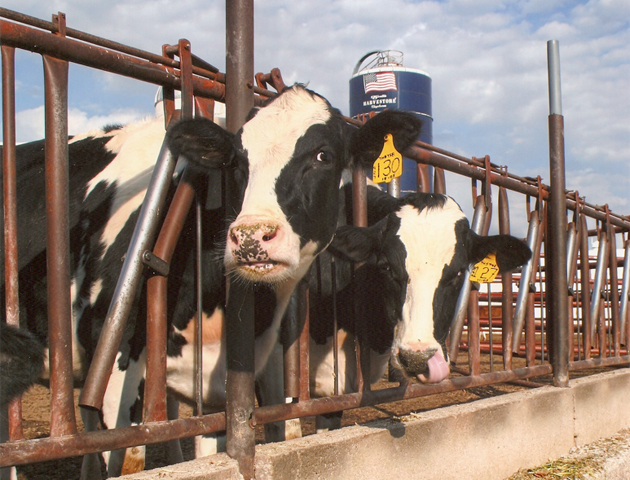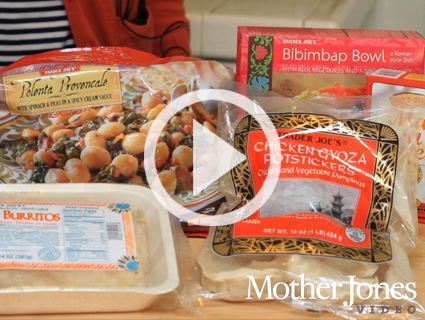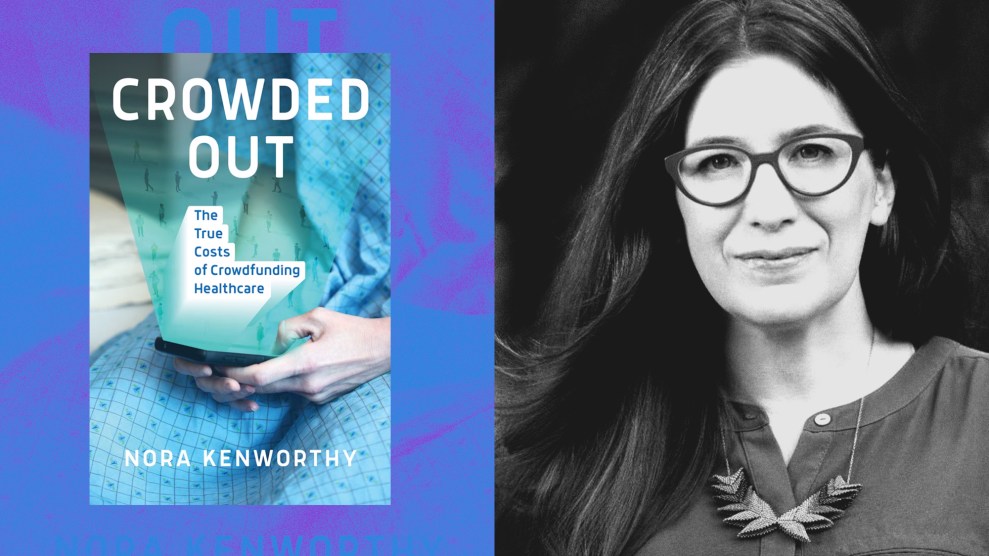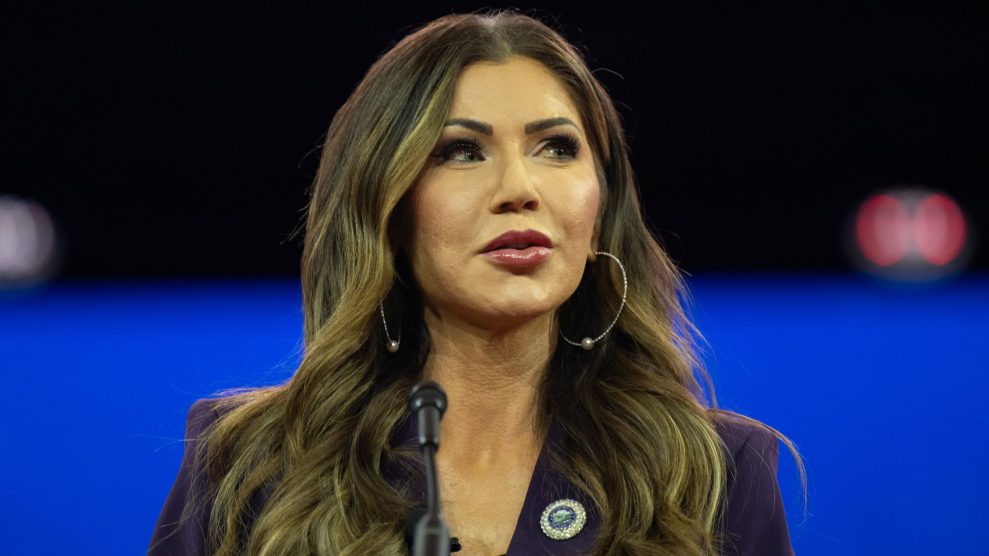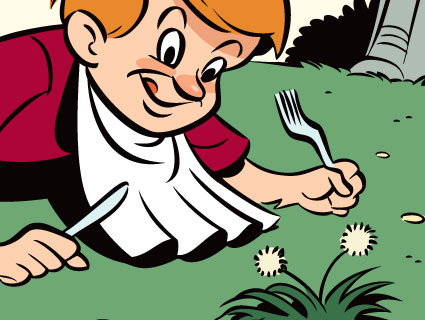
Mark Matcho
When I moved to a small organic farm in the mountains of North Carolina, I quickly got hooked on weeds (note plural).
Chickweed popped up soon after the ground thawed in spring, giving us a vibrant, grassy-tasting salad weeks before the first cultivated greens were ready. Not long after, tender, peppery watercress sprouted in the marshy banks of the creek—a real delicacy, and one prized by our chef customers. By midsummer, my favorite weeds of all would emerge from plowed fields: a high-rising, spinach-related green called lamb’s-quarters, and a low-slung, creeping plant called purslane, with its succulent, lemony leaves.
We never found much of a market for these delicacies, save for the watercress. But they became staples of the farmhouse kitchen. Now that I spend more of my time off the farm and in a city, one of the things I miss most is easy access to these pungent wild foods.
Turns out the void I’m feeling may be more than aesthetic. According to author Jo Robinson’s recent book Eating on the Wild Side, the same wild edible plants that we call weeds tend to be loaded with phytonutrients—the “arsenal of chemicals” that plants synthesize to fend off “insects, disease, damaging ultra-violet light, inclement weather, and browsing animals.” Phytochemicals (“phyto” means “plant” in Greek) are essentially the plant kingdom’s survival strategy—a passive-aggressive tool for living creatures that can’t flee predators, disease, or bad weather.
Recent studies suggest that eating phytonutrients helps humans fend off four of what Robinson calls “our modern scourges”: cancer, cardiovascular disease, diabetes, and dementia. In a peer-reviewed paper last year, Finnish researchers found that lycopene—the stuff that makes tomatoes and watermelons red—seems to dramatically reduce stroke incidence in males. In 2011, British researchers determined that a compound called indole-3-carbinol, found in cruciferous vegetables like broccoli, cabbage, and turnips, boosts the immune system and helps maintain intestinal health. Resveratrol, the stuff grapes produce to fight off fungal pathogens, appears to have a host of benefits for humans, including protecting our brains from damage after a stroke, a 2012 study by Chinese researchers suggested.
As Cornell food science professor Rui Hai Liu put it in a 2004 paper, phytonutrients are “best acquired through whole-food consumption, not from expensive dietary supplements.” The problem is that the foods that contain more of them tend to be bitter, not sweet. And according to Robinson, humanity’s 10,000-year agricultural adventure has been all about breeding away bitterness and selecting for sweetness, starchiness, and fat—and thus has been a kind of millennia-long war against the very nutrients that made early humans the healthy, vibrant creatures capable of inventing agriculture in the first place. As a result, she writes, “the more palatable our fruits and vegetables became…the less advantageous they were for our health.” It’s not that common supermarket varieties don’t contain phytonutrients—it’s just that, Robinson shows, they have many fewer than their wild ancestors and other plants (like my beloved weeds) that haven’t been subjected to thousands of years of selective breeding.
Luckily, we haven’t forgotten about weeds entirely. They play a role in some of the globe’s most celebrated cuisines. I wouldn’t want to imagine Mexico’s street food without tlacoyos con quelites (grilled corn cakes with lamb’s-quarters) or Italy without ravioli d’ortica (pasta stuffed with stinging nettles). And some cultivated vegetable varieties remain genetically close to their wild progenitors—and are thus flush with phytonutrients. Take arugula: Until very recently, the slightly bitter green was considered a weed, and the kind sold in supermarkets is still “very similar to its wild ancestor,” Robinson notes. It’s also rich in a cancer-fighting class of phytonutrients called glucosinolates. Robinson also points to herbs, which much more closely resemble their wild antecedents than do, say, modern apples or tomatoes or corn. “We’ve long valued them for their intense flavors and aroma, which is why they’ve not been given a flavor makeover,” she writes. “Because we’ve left them well enough alone, their phytonutrient content has remained intact.”
One of the unsung benefits of the explosion of farmers markets and CSAs over the past decade is that it has given more people access to produce bred for things besides just sweetness, shelf life, and portability. We might not sell much in the way of wild greens at the North Carolina farm I’m involved with, but we can never grow enough of our famously spicy arugula to satisfy demand. And like many farms that sell to neighboring communities, we favor tomato varieties that balance sweetness with acidity—and may well deliver an extra jolt of phytonutrients because of it. We’re not alone: These days, “weeds” like purslane are beginning to appear at farmers markets and on trendy restaurant menus.
The first thing I did after reading Robinson’s book? I contacted my colleagues back on the farm, to suggest that it might be time to try marketing chickweed and lamb’s-quarters again.

